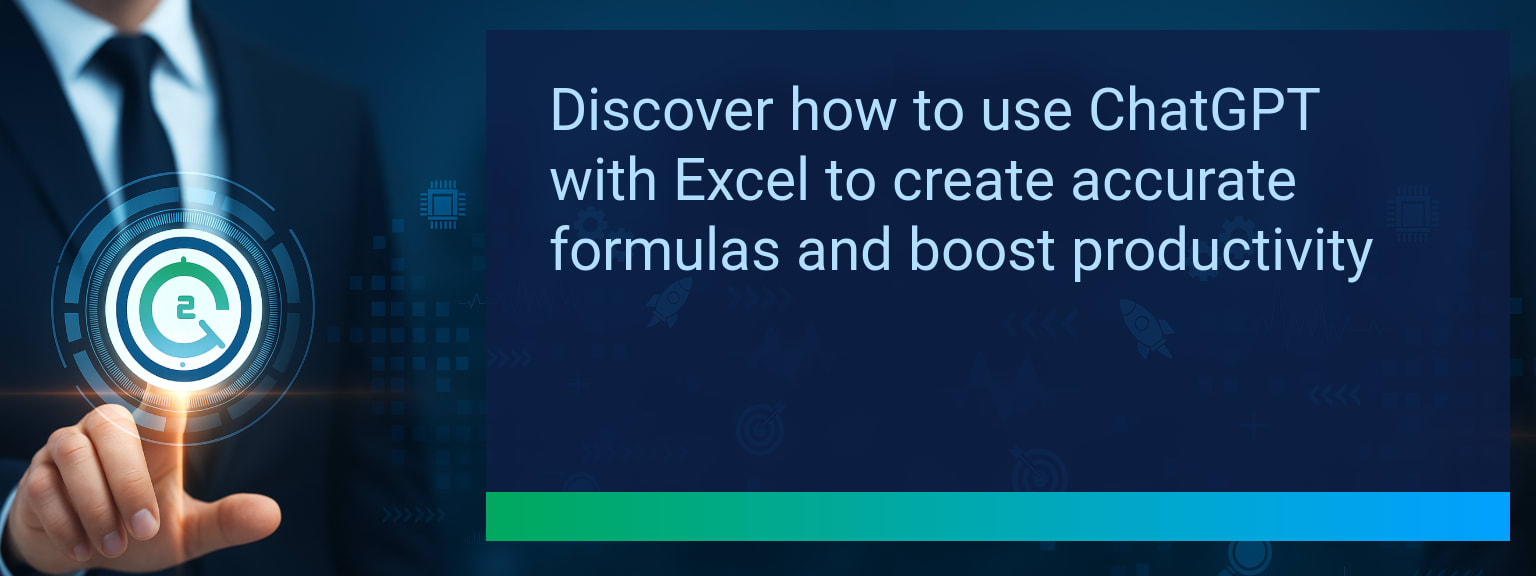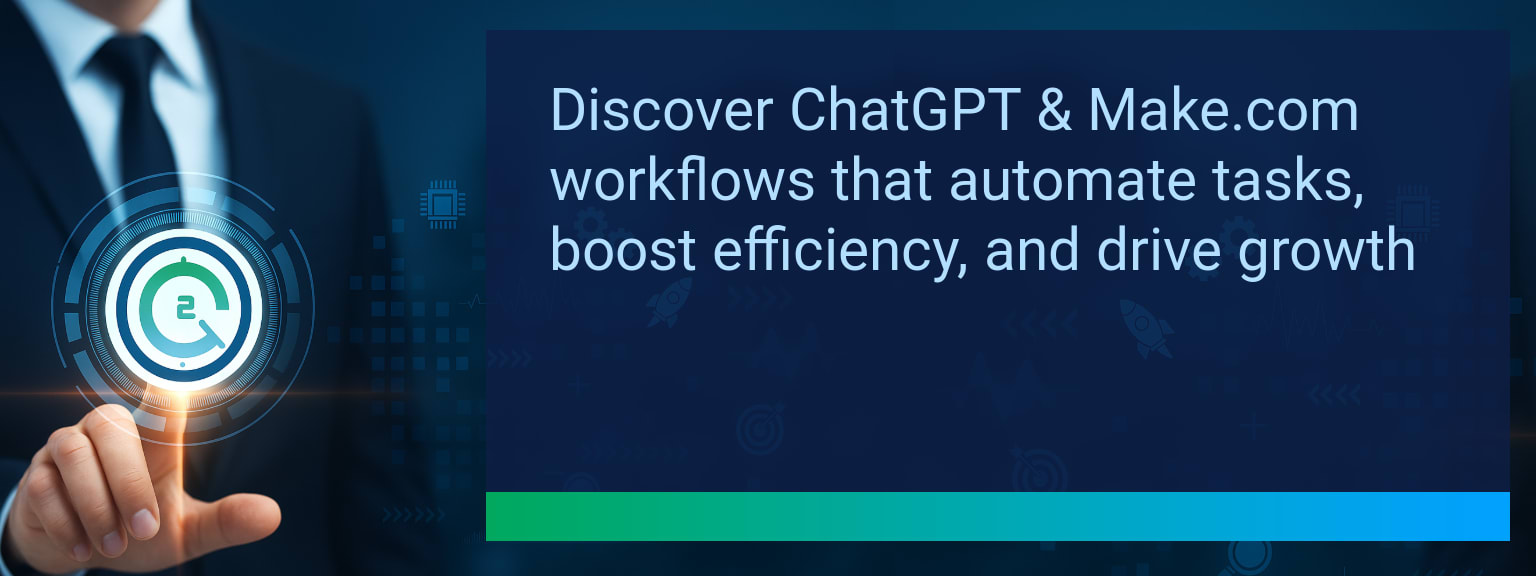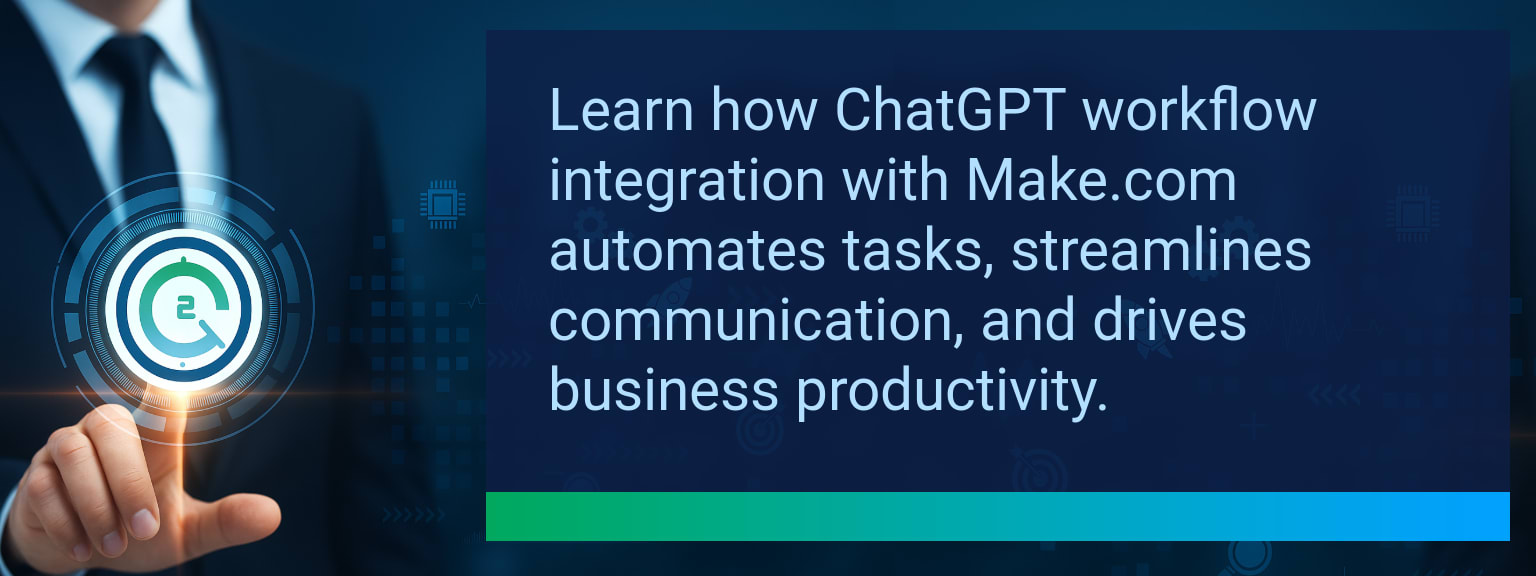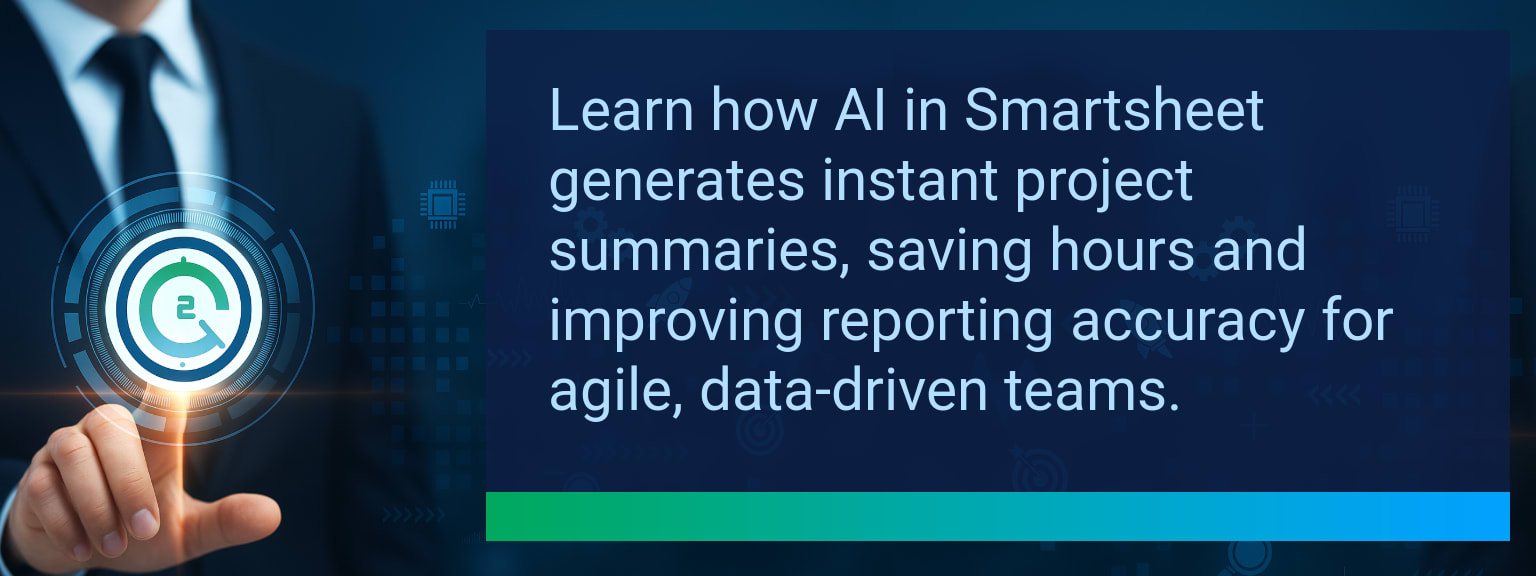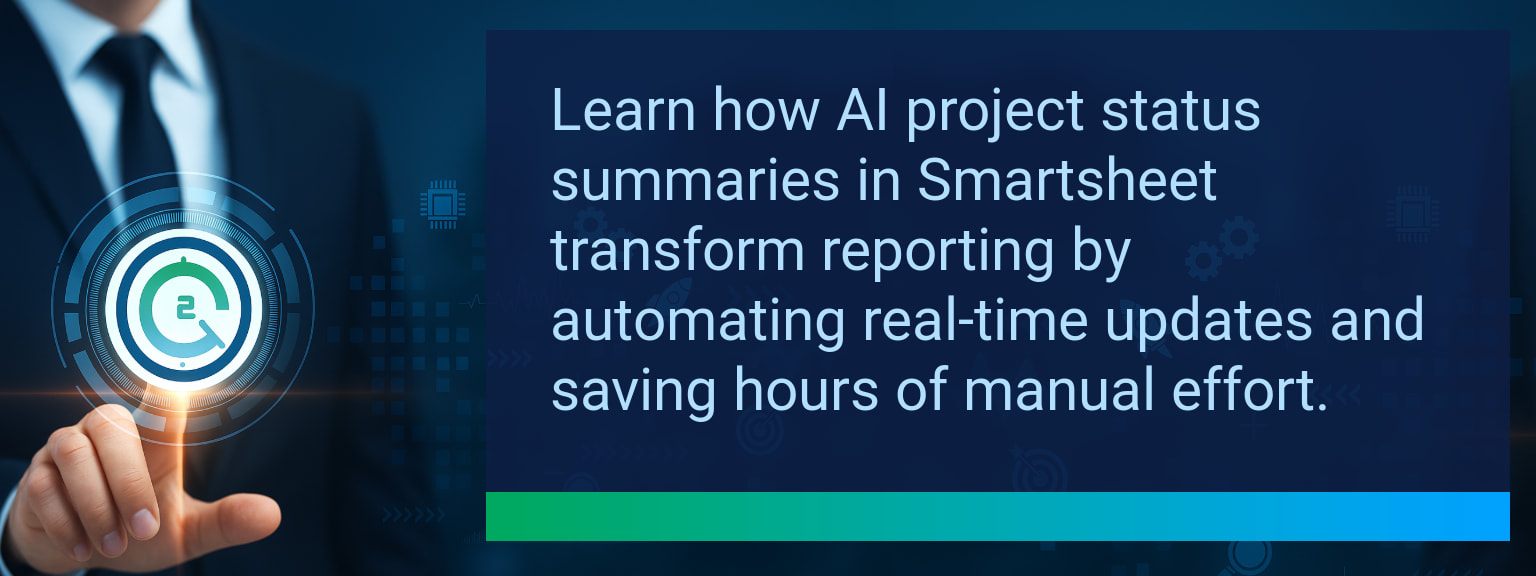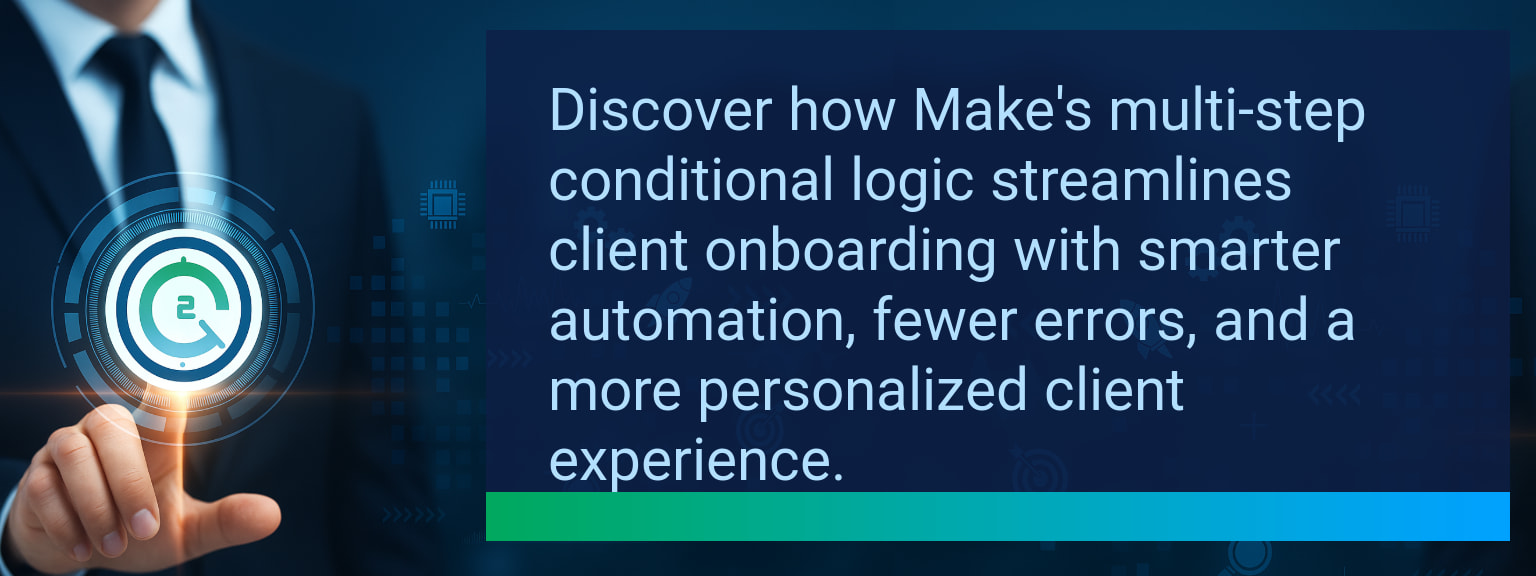How To Build Real Time Sales Dashboards With Excel And AI
Static spreadsheets used for sales reporting often create bottlenecks. Figures are outdated by the time they’re shared, and manual copying introduces errors. Sales teams lose speed. According to research by McKinsey, businesses that use real-time analytics outperform peers with 30% higher revenue growth. That is why companies are shifting to Real Time Sales Dashboards powered by Excel, Power Query, and AI. At Two Minute Tech Tips, we explore how to turn your static spreadsheets into live dashboards that auto-refresh, predict future results, and guide smarter action. This post walks through connecting Excel to live sales data, layering in AI-driven insights, and building fully automated dashboards so sales teams can focus less on reporting and more on selling.TL;DR — Direct Answer
- Use Power Query to connect Excel directly to live sales data and eliminate manual refreshes.
- Automate with refresh schedules or workflow tools like Power Automate and Zapier.
- Design dashboards around KPIs: revenue, pipeline, sales velocity, and conversion rates.
- Integrate AI for predictive analytics, anomaly detection, and auto-generated sales insights.
- Deploy role-specific dashboard views for executives, managers, and frontline reps.
The Data Bottleneck Slowing Sales Decisions
Static reporting slows down decision-making. Teams wait on manual exports from CRM systems or rely on weekly snapshots that miss daily shifts in performance. Without live numbers, sales strategies run on guesswork instead of facts. For modern revenue operations, that lag can mean lost deals and slower responses to changing buyer behavior. Real Time Sales Dashboards solve this by pulling information continuously from your CRM, eCommerce platform, or ERP. Instead of asking if you “hit quota last week,” leaders see exactly where things stand this hour.
How often do you find your sales meetings focus on explaining “old data” instead of strategizing with live insights?
Connecting Excel To Live Data And AI Insights
Power Query transforms Excel into a live data hub. By connecting Excel to SQL databases, Salesforce, Shopify, or even web APIs, you create a single version of truth that refreshes on demand or automatically. This eliminates repetitive copy-paste errors and ensures metrics like pipeline progression and forecast accuracy stay updated. AI elevates this further. With Azure Machine Learning, OpenAI APIs, or Copilot in Microsoft 365, dashboards don’t just show figures—they explain trends, call out anomalies, and forecast future results. For example, an AI layer can detect a slowdown in deal velocity and flag it before targets slip.Accelerating Sales Performance With Live Dashboards
A well-built dashboard speeds up sales execution. Executives get top-line revenue visibility. Regional managers compare team benchmarks. Reps see how their pipeline contributes to overall quota. By layering filters and slicers, each role interacts only with the most relevant view. Sales automation tools push in data streams from multiple systems. A Shopify store can feed transactions into Excel via Zapier in near real-time, enabling retailers to see top-selling products without waiting for weekly reports. Pair that with AI insights, and a retailer gains predictive alerts when inventory risks running short.
Scope: Choose one segment or product line, one enablement objective, one frontline team.
The Next Evolution Of Data Driven Sales
Real time dashboards don’t just report; they guide action. AI-powered commentary explains trends in plain language, helping even non-technical leaders embrace data-driven sales strategy. Microsoft Copilot will expand Excel’s ability to model forecasts, detect anomalies, and even recommend pipeline plays automatically. This evolution positions companies to move from reacting to challenges toward proactively shaping outcomes. The future is about integrating predictive analytics directly into daily workflows, making advanced sales intelligence as simple as opening Excel.Metrics That Matter
| Category | Metric | Definition | Target |
|---|---|---|---|
| Leading | Refresh Success Rate | % of dashboard refreshes completed without error | 95%+ |
| Leading | Time to First Live Connection | Minutes required to link Excel to a live data source | ≤ 15 minutes |
| Lagging | Weekly Time Saved | Aggregate hours saved by eliminating manual updates | 4+ hours |
| Lagging | Data Error Reduction | % decrease in reporting inaccuracies or inconsistencies | 25%+ |
| Quality | User Confidence Score | Average rating for trust in the accuracy of live dashboards (1–10) | 8+ |
| Quality | Workflow Adoption Consistency | % of sales staff using dashboards weekly | 85%+ |
View More Tips to Boost Your Productivity
Explore more quick, actionable tips on AI, automation, Excel, Smartsheet, and workflow tools to work smarter every day.




